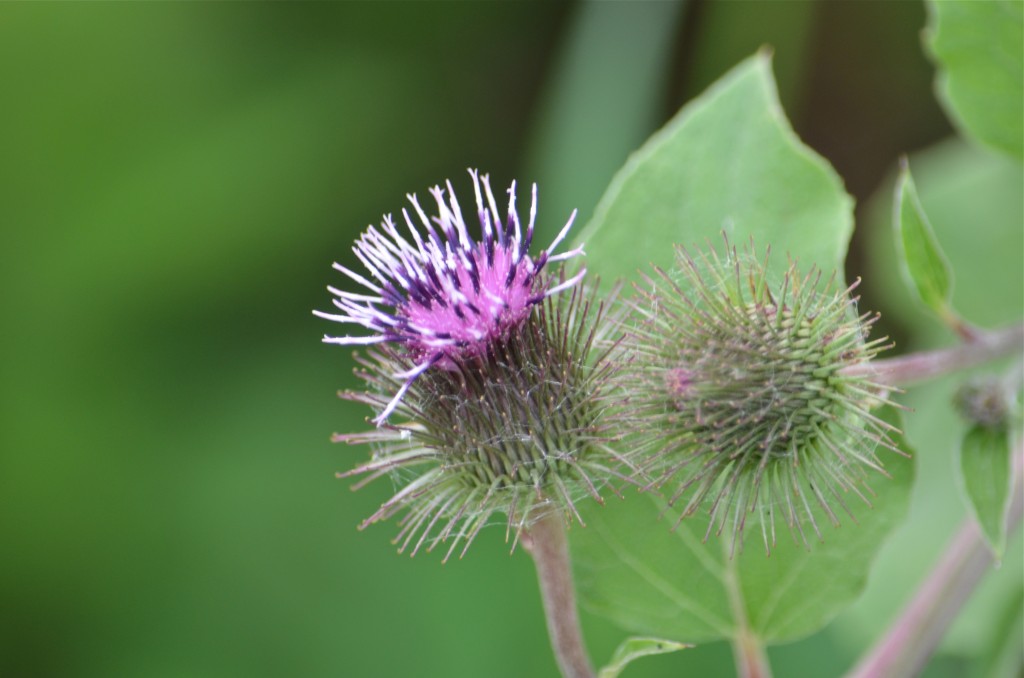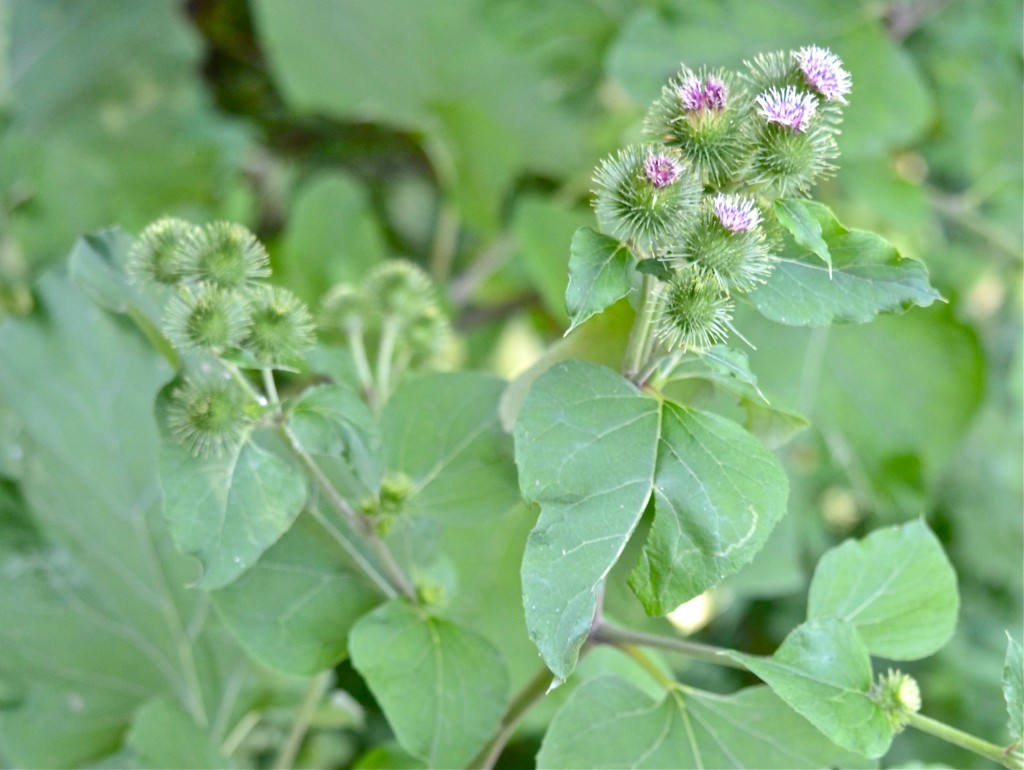Grows in bogs and near water, blooms til first frost. Beautiful. Notice how the petals are not separate, but kind of pleated. Borage family. Native to Europe and Asia.
True Forget-me-not (Myosotis scorpioides)

I need enhanced macro power! Anyway, thanks to A.F. Donna for suggesting I check out Longfellow Pond. There are several new finds there. This is swamp milkweed—the flower clusters are not as spherical as common milkweed, and the color is brighter. Has specialized roots for swamp living. Attracts Monarch butterflies.
Swamp Milkweed (Asclepias incarnata)
There are many kinds of asters. This one is distinguished by how tall it is, with the flowers at my eye level, clasping leaves, and largish flowers, 1 – 2 inches wide. Native. Aster family.
New England Aster (Symphyotrichum novae-angliae)
Bonus picture from the lake (this is the Wellesley College campus):


These can get to be 9 feet tall. All parts were used medicinally — leaves, roots, flowers, and seeds. One way to distinguish it from common burdock is that the flowers are on little stalks, whereas in common burdock the flowers cluster directly on the main stem. Aster family. Native to Europe, Asia. Cultivated in Japan because they like to eat it, especially the roots, julienned and braised with a sauce or pickled in sushi, or as a snack chip.
Great Burdock, Beggar’s Buttons (Arcticum lappa)
Bonus: Most of these are purple, but there was also a white one: